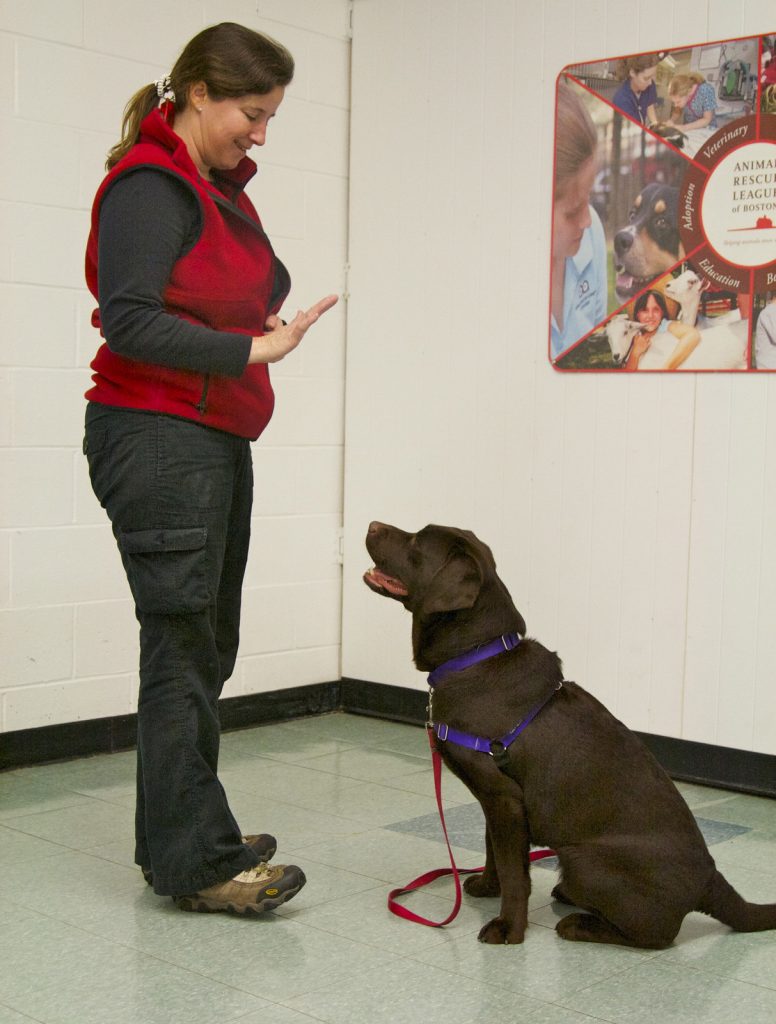The younger puppies are, the more frequently they have to relieve themselves. Housetraining takes work, but a little training trouble now will save you a lot of cleaning trouble later.
Get your puppy on the right track as quickly as possible with their potty behaviors by using these guidelines for housebreaking a puppy.ADVERTISING
Be a cheerleader for your pup
In order to know where they’re allowed to potty, your dog needs your feedback. When your puppy goes in the correct location, celebrate what they’ve done right in a happy voice while offering a delicious treat.
The affirmation and reward must come immediately after they’ve finished going. If you wait until you return to the house to celebrate and reward them, your puppy won’t understand why they’re being praised.
Use a crate or confinement space
While you’re housetraining your puppy, you’ll need a place to put them when you can’t be watching for accidents. This confinement space should be comfortable, with soft bedding, water, and toys, and have a floor that’s easy to clean up or potty pads in case of an accident. Up your game by using a crate for short periods of time.
Dogs don’t like to lay near their waste, so if your crate is only large enough for your pup to comfortably lie down, stand up and turn around in, they’re unlikely to have an accident inside. Don’t use your crate for longer than three hours at a time during the day, and even less than that if your puppy is very young.
Avoid punishment
It may sound contradictory, but if you see a wet spot or a pile on the floor, the least productive thing you can do is punish your puppy. By the time you find an accident, even if it’s only a few minutes afterward, they’ve forgotten what they’ve done.
Punishing a dog for something they don’t remember doing will only confuse them. If you want to let puppy know that accidents aren’t okay, you need to catch her in the act of pooping or peeing in the house.
Use a calm tone when they have an accident
If you see your puppy have an accident, yelling, chasing, or physically punishing won’t be effective. In fact, this sort of behavior is likely to teach them to be afraid of you when they have to potty.
If they’re afraid of pottying around you, you’ll likely see an increase in hidden accidents.
Show your puppy the right place to go when they have an accident
To ensure your puppy understands he’s not to go in the house, you’re going to have to catch him in the act of having an accident. But if you can’t punish your puppy when you catch him, how do you communicate that going in the house is not allowed?
The answer is “redirection.” When you see your puppy pooping or peeing, quickly interrupt with a phrase like “No!” then immediately and gently take them in your arms or by the collar, and show them to an appropriate location.
Once you’re outside (or on a puppy pad), wait there with your dog for a couple of minutes. In some cases, if your interruption startled your dog into pausing their business, they may begin again. If so, celebrate your pup with happy words and, if possible, a treat from your pocket.
Use puppy pads in limited areas
If you’re using potty pads to give your pup a “legal” place to go in the house, don’t place them in multiple spots in the house. This will only confuse your pup, who won’t be able to understand the difference between puppy pads and rugs, or why he’s allowed to go in X number of places in the home but not in others.
If you want to use potty pads, put them down consistently in only one location—probably within your confinement space.
Put your pup on a potty schedule
Dogs have a great sense of time. If you’ve got a schedule for going out every few hours (and more frequently if your pup is very young or very small), once she starts catching on to the rules, she’ll recognize that waiting until the next break means being praised and rewarded for doing her business.
Remember, the more frequently a dog is rewarded for a behavior, the more frequently they will practice that behavior!
Original Post: https://www.rover.com/blog/complete-guide-puppy-potty-training/







